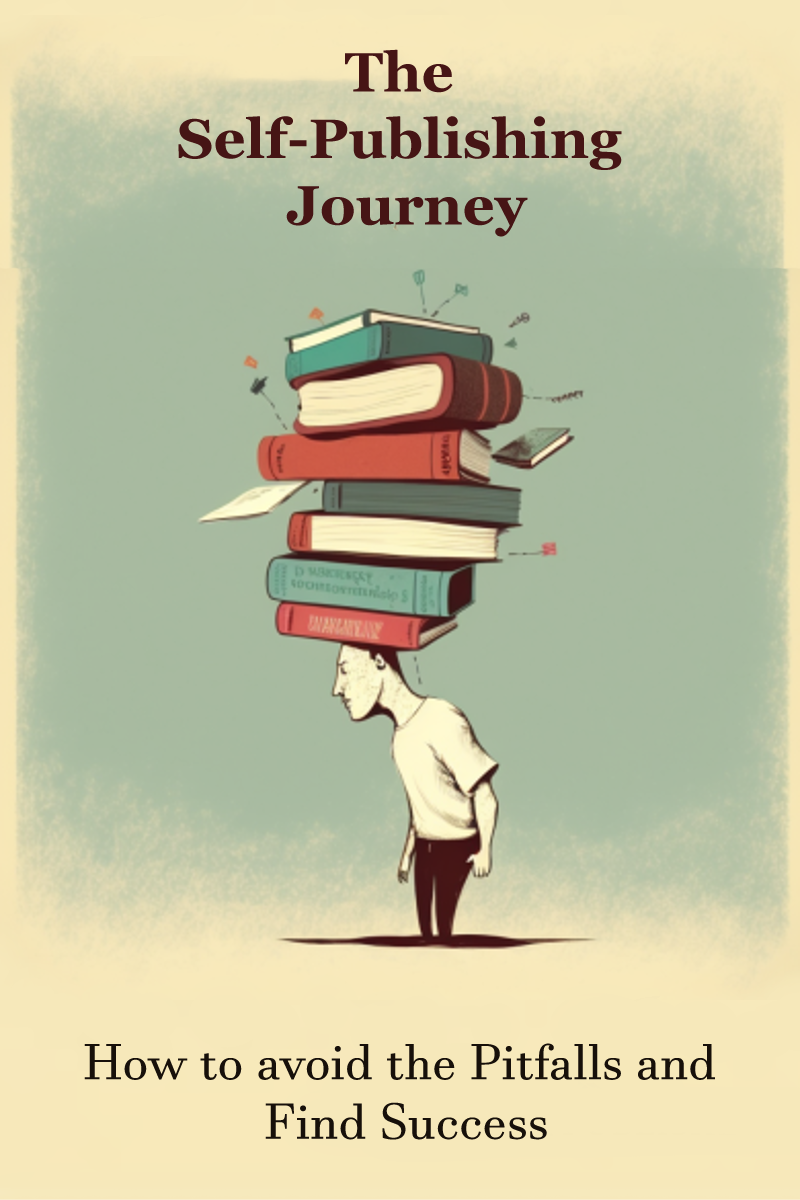Writing a children’s book is both a thrilling challenge and an achievable endeavor. While the children’s literature books are already populated with numerous tales, each narrating a singular theme, the charm lies in the creative art of infusing familiarity with innovation.
Imagine a spooky story where a huge creature in a cave, feared by everyone, turns out to be a friendly giant. This giant, named Grizzle, becomes friends with a lost panda named pecker, who is searching for his family. What makes this story special is that Grizzle, despite being so big, is adorned with an unexpected love for delicate flowers and the colorful flutter of butterflies. His size, once intimidating, now frames a character who yearns for friendship and possesses an endearing fondness for the small wonders of the forest and just wants a friend, and Pecker on the other side finds a buddy in the most surprising place. It’s not just a tale of a lost panda; but it gives a message about making friends, despite of their diversities. And accepting each other’s differences. With the elements of mystery, spookiness and heartwarming friendship. Kids will love the adventure and the unique characters, making this story a magical journey.
Writing a children’s book is a magical journey that allows you to create captivating worlds, unforgettable characters, and timeless stories that leave a lasting impact on your young readers. While there may not be a secret formula, there are essential elements and guidelines that can help you craft a children’s book that sparks your imagination and leaves a lasting impression. In this guide, we’ll explore the key steps to bring your story to life and create a magical reading experience for children.
Understand Your Young Audience:
Understanding your young audience’s preferences is crucial. Toddlers, for instance, are drawn to repetition, bright colors, and large pictures featuring basic shapes. In the 3 to 5 age group, children tend to connect with characters resembling themselves, favoring simple narratives complemented by vibrant illustrations. As readers progress to the early stage, adventure becomes a key theme. Characters facing challenges in limited-text-per-page chapter books capture their interest. For middle-grade readers, intricate plots and different genres take center stage. These readers appreciate well-developed characters who inspire them. Find joy in exploring the nuances between stories.
The theme of Your Story:
Every great children’s book conveys a meaningful message or lesson. You must contemplate first what you want your young readers to take away from your story. Whether it’s about friendship, courage, empathy, or acceptance, it’s crucial to recognize that what children see or hear can have a lasting impact on their minds. Before you put pen to paper, consider the profound influence your narrative can have on shaping the perceptions and experiences of young readers.
Character Development:
After contemplating what message your book must convey. You might consider carefully the essential qualities that characters should possess to positively influence children’s development, especially for young readers. The characters within a narrative can serve as powerful influences, and it is advisable to present positive role models. These characters can inspire kids and teach them important things by facing problems and showing qualities like being kind and strong.
While addressing realistic issues like neglectful parents or bullying classmates, stories should maintain an overall positive message that emphasizes resilience, empathy, and personal growth. Establishing a balance can help children in the development of their imagination, critical thinking, and emotional intelligence in young minds, creating a more positive impact on their overall development through literature.
Setting Plot Twists for Young Readers:
Plots breathe life into stories, giving them shape and offering surprises that captivate children and keep them flipping pages to uncover twists. A plot is essentially a sequence of events that form the storyline. To set a plot in a children’s story, think like a reader and put yourself in their shoes. Consider what might engage young readers. For instance, in the story about Grizzle and Pecker, a plot twist could involve Grizzle having an extraordinary power—like talking to trees and flowers. Here, this unique ability of grizzle engages young minds by prompting critical thinking about how Pecker and Grizzle will use this power to find Pecker’s lost parents in the forest.
The plot takes a turn, creating a puzzle-solving adventure where the trees in the forest become allies of Grizzle and pecker, helping him out in finding where his parents are. This kind of engaging and imaginative storyline encourages children to think critically, fostering their cognitive development as they navigate the twists and turns of the plots.
Writing Style for Children’s Stories:
Children tend to grasp narratives that are uncomplicated and easy to understand. They generally prefer a writing style in the present tense. Preschoolers, in particular, might enjoy stories with rhyming elements. Your writing style should also align with the theme of your narratives. For example, if your goal is to entertain young readers, your style may be more fanciful and engaging. Alternatively, if your story aims to convey a moral lesson, your writing style could be reflective and instructive. Informational books for kids may adopt a more straightforward and educational tone. Ultimately, your writing style should be altered to the specific theme and purpose of the story you’ve chosen to create.
Importance of illustration in children’s books:
An illustration is a visual representation, like a picture or diagram, in a book it plays a pivotal role in helping children grasp the characters’ emotions and understand the story’s various scenarios. The impact of a well-illustrated story is significant, setting your book apart. Consider a comic, for example, where the combination of dialogues and images enhances captivation. This artful presentation, coupled with well-developed dialogues, keeps readers immersed in the narrative.
Similarly, a story lacking illustrations may not capture the attention of kids as effectively. Children tend to enjoy reading stories that not only feature vibrant and colorful illustrations but also include easily comprehensible dialogues. These visual elements play a vital role in helping them forge a deeper connection with the story, enriching their overall reading experience.
Get the feedback:
After finishing your book, the final and most important step is gathering feedback from children you know—family, relatives, and friends. This step is essential before publishing to ensure the book can truly engage young readers. Obtain feedback to identify areas that may need improvement. Assess whether the children find the book captivating and if the plot twists compel them to anticipate what happens next. This process provides valuable insights into whether your book has the potential to get widespread attention in the market.
The magic of writing a children’s book lies not only in the creation of captivating worlds and unforgettable characters but also in the positive impact it can have on young readers’ minds. Each step in this journey contributes to the uniqueness and potential success of the story, making the effort truly rewarding.









